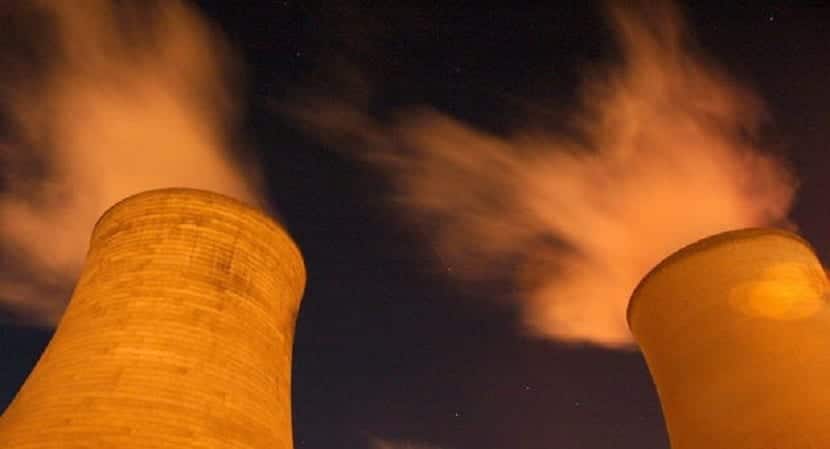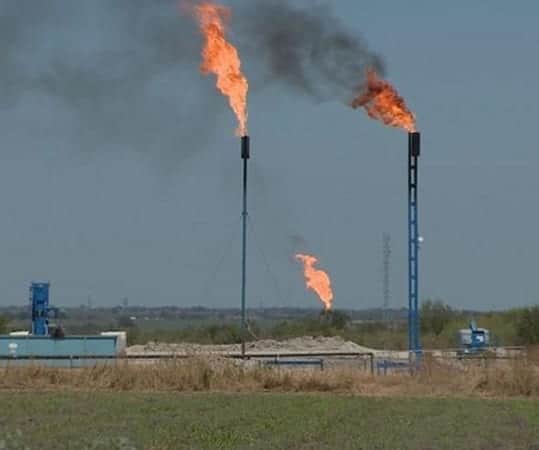
Since the entry into force of Paris Agreement, politicians in many countries of the world have committed to curbing greenhouse gas emissions, including CO2. The world economy has shown that it can grow without emitting more greenhouse gases, since global emissions remain more or less stable for three consecutive years .
However, almost a hundred scientists have worked to publish a study showing that the explosive release of methane (another greenhouse gas) in our atmosphere threatens to destroy everything that is being done in the fight against climate change.
Methane gas
Methane is, along with CO2 and nitrogen oxide, one of the main greenhouse gases. Although carbon dioxide is the culprit of 80% of global warming, methane traps 28 times more heat. Right now, at present, its concentration in the atmosphere is vastly less than that of CO2. While CO2 exceeded 400 parts per million, methane reached 1.834 but for every billion.
In the report that has been published on methane, it is discovered that for years in which methane emissions had stabilized, a decade ago they began to grow again and have not done so until now. Between 2006 and 2015 its increased concentration in the atmosphere it has increased by 20 times. Such quantities of methane have been released into the atmosphere that the natural gas removal cycle does not have time to assimilate it and it cannot absorb it.

The recent stabilization that we have had in the last three years of CO2 emissions is radically different from the recent and rapid rise of methane. In the study carried out have participated about 90 researchers from 50 institutions. This is a very comprehensive report to date on how much methane is in the atmosphere, how much is removed from the cycle each year, and where all the emissions of this greenhouse gas come from.
Reduce methane emissions
Food production is responsible for a third of human methane emissions. The Paris Agreement attempts to reduce CO2 emissions depending on the development of each country. However, methane is not discussed and it is one of the serious problems Since, by reducing CO2 emissions, we can try not to reach a 2 degree increase in global average temperatures, but, in this case, we also have methane gas, which traps much more heat than CO2.

If the concentration of this gas in the air exceeds 1.900 ppb, the reduction of CO2 emissions would be neutralized by the powerful greenhouse effect of CH4. I remember that the current concentration is at 1.834.
Where does so much methane gas come from?
In order to avoid a two degree increase in global temperature, we not only have to reduce CO2 emissions, but also methane emissions. Of the 558 million tonnes of methane emitted each year, 60,8% are due to human activities and the rest are of natural origin (wetlands, termites, geological methane ...) A third of anthropic emissions come from livestock and, specifically, from the digestive system of the 2.500 million head of cattle that, including cows, sheep and goats, feed half of humanity. And millions of humans depend on rice to survive. Rice fields are responsible for another 9% of the methane that reaches the atmosphere each year.

There are other sources of human origin, such as waste management or sewage that also produce methane emissions and that could be reduced with the use of technology. However, reducing the part generated in food production it could affect food security and sovereignty in many regions. In fact, as this study shows, livestock and agriculture are two of those responsible for the current increase in emissions.
The problem with all this is the poor countries, which cannot complicate themselves with something that is already complicated for them, such as supplying the population with food resources. Although methane threatens to weaken the fight against climate change, the problem could turn into opportunity, since methane only lasts 10 years in the atmosphere thanks to the presence of oxygen.